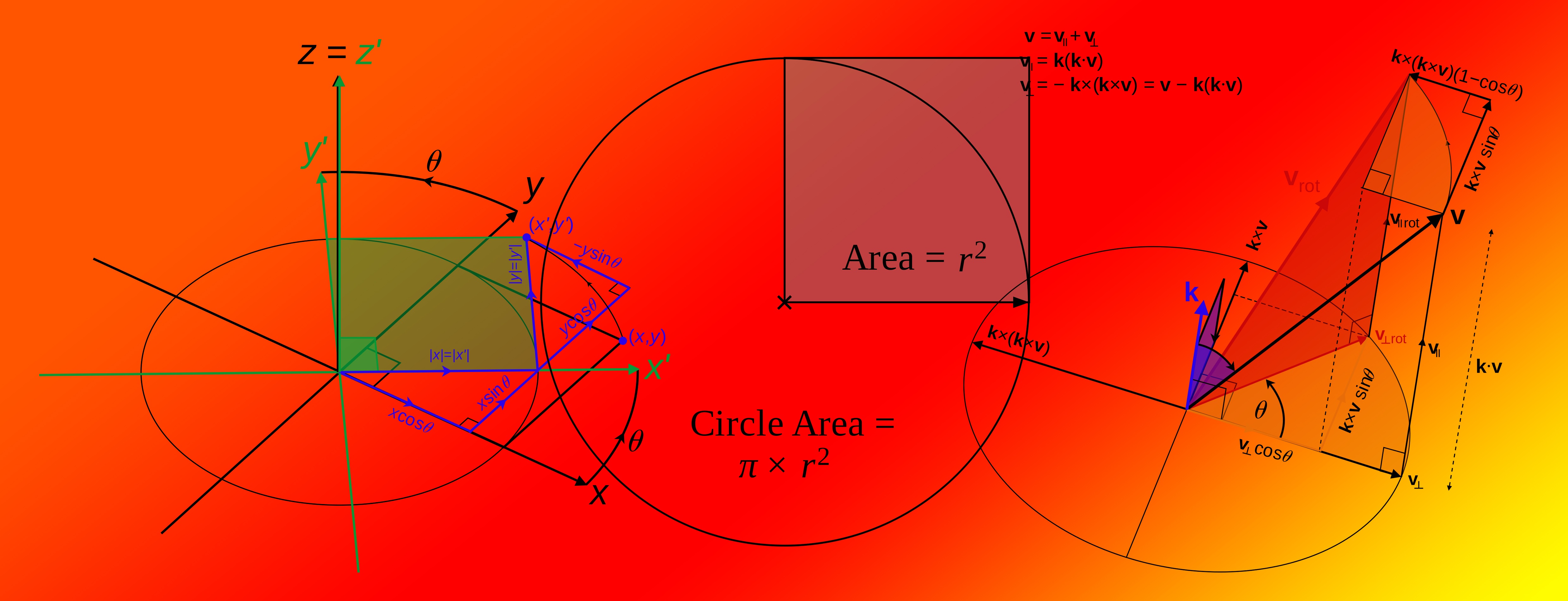By Alexander Stokes, The University of Sydney
One of the most thrilling things about doing mathematics at any level is seeing how a problem transforms when you think about it in different ways. And one of the most exciting things about listening to music is what the way our brains work does to how we think about sounds.
As an undergraduate I studied maths, but I also studied electroacoustic and computer music at the Sydney Conservatorium.
Electroacoustic music came about during the mid-twentieth century when composers began to use electronic recording technology not just as a means of recording their work, but as part of the compositional process itself. This first involved things like physically manipulating magnetic tape and has come to permeate a vast proportion of what we hear today, from sound effects in film and sampling in hip-hop to generative computer music and audiovisual installations.
The reason I introduce something like this in a post about mathematics is that the beauty I see in both is very similar.
In 1834, a Scottish engineer named John Scott Russell was observing a boat being pulled along a narrow canal by horses. When it stopped, a wave formed in front of the boat and Russell observed, riding alongside it for one or two miles, that it didn’t decay or change shape. This ‘singular and beautiful phenomenon’ is a property of the nonlinear partial differential equation modelling the behaviour of water along the channel. He gave it the very romantic name of the ‘Wave of Translation’.
The study of similar mathematical systems and their strangely ordered or ‘nice’ behaviour is the focus of the theory of Integrable Systems into which my research is grouped. Researchers use all kinds of areas of pure mathematics to uncover the layers of buried structure behind phenomena such as travelling waves.
My project involved learning about and applying some of the ways in which the deep algebraic notions of symmetry hidden behind an important set of equations are uncovered. As each layer is stripped away, we see a another side of the original equation through a different way of thinking.
These transformations prompted by different layers of thought reminded me of a project I did for a computer music course at the Conservatorium. One of the most novel compositional tools in electroacoustic music is the manipulation of the listener’s associations with a sound. When we hear a snare drum in real life, we can usually imagine it to be a snare drum, even if we don’t see it. When we close our eyes at the movies during Star Wars, our brains dissect the layers of audio information that give us different messages as to what it came from, in a similar way to different layers of structure in a maths problem.
One of my projects involved creating a reverb/delay effect that used equations from biomathematics to control where the sound seemed to be coming from. A sound would be sent spinning around the room according to whatever equation the user selected. Could we ‘hear’ the properties of the equation somewhere deep in the audio produced? Can we hear the kind of properties give rise to travelling waves in the sound shooting around the room? This, among other questions has made me realise that mathematics, music and all other creative pursuits are different expressions of the same cognitive process – the one everyone uses, every day.

